By James Joiner
In a world where everything is always at our fingertips, islands maintain a certain mystique. Maybe we read too many pirate stories as kids, maybe it’s their inherent disconnectedness.
For an island at the heart of so many fantastical adventures – Moby Dick, anyone? – from first appearance Nantucket isn’t especially exotic. There’s a small downtown area, lots of fancy vintage cars with fancy rich vintage drivers, and then just miles of beaches with booming surf, sandy roads, and rambling old money estates.
Yet even if you live just thirty miles away in a relatively identical place like Cape Cod, Nantucket stirs the imagination. Especially if, like me, you love exploring by bike.
The fast ferry from Hyannis whisks you across Nantucket sound in just one hour, barely long enough adjust to the heady fumes of sea spray, bad coffee, and diesel. An eclectic crowd of passengers is assured. Unless you’re one of the upper crust who fly over, making Nantucket’s tiny airport (ACK) even busier than Boston’s Logan International in the summer months, by boat is the only way for workers, vacationers, drug mules, fishermen, and anyone else to get there. On arrival, the ferry glides past Sankatay Head lighthouse at the mouth of the harbor and everyone gathers together on deck, tap-tapping smartphone screens. After nestling in amongst mega yachts, wooden sailboats, fishing charters, and the Ocearch shark research boat, passengers are disgorged into the very heart of quaintness.
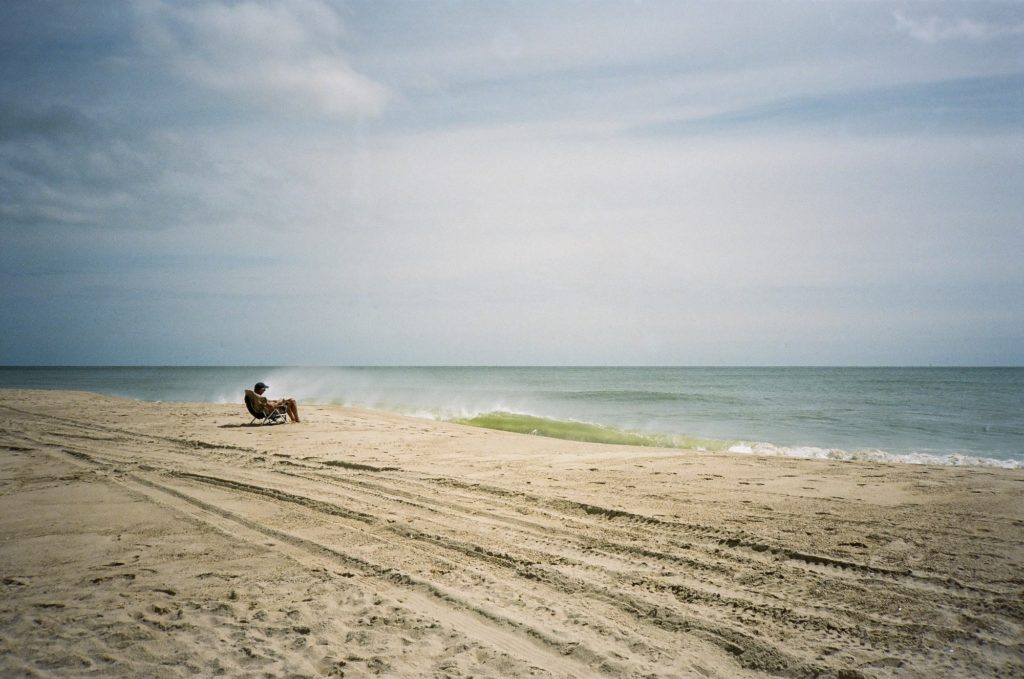
Nantucket was originally made famous as a whaling port. Fortunes that endure to this day were carved from cetaceans harvested during long months or years at sea. The downtown area – the only real “downtown” on the entire 17-mile island – is exactly what you’d expect from a New England village designated as a national historic landmark. Cobblestone streets are lined with wood shingled or brick shops and nautically themed cafes and bars. While now a summer playground for the rich and rich aspirant, Nantucket’s population is still fed by the oil of whales – it’s just that these whales have whales embroidered on their Nantucket red shorts and never wear white after Labor Day.
Speaking of Labor Day, it’s long weekend marks the official end of their tourist season. If you want to avoid gridlock traffic, congested sidewalks and bike paths, and angst-ridden locals trying to get to work against an impossible tide of vacationers, your best bet is to visit after this. Things wind down quickly as September wears on, and you can find yourself blissfully alone as you push your bike from trailhead to trailhead along achingly beautiful stretches of beach. Our most recent trip was during the second week of September, and many of the neighborhoods outside of the immediate vicinity of Nantucket town were packing it in even though late summer was still in full effect.
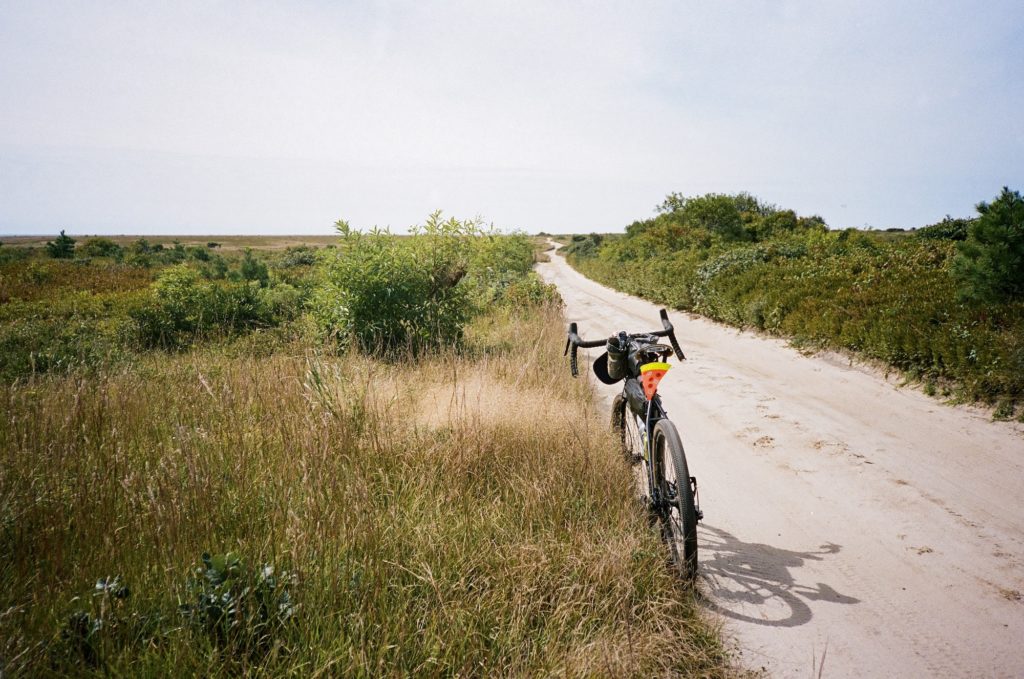
Tourist frivolity aside, Nantucket retains a palpable air of independence. You have to, when all it takes is heavy winds to effectively cut you off completely from the mainland for days at a time. This independent spirit was most dramatically portrayed in 1977: Angered when redistricting resulted in less representation in state government, Nantucket and sister island Marthas Vineyard voted overwhelmingly – if ultimately in vain – to secede from Massachusetts.
Being one of Nantucket’s 11,229 year round residents takes a
certain level of toughness, no wonder when you hear about them doing things
like surfing
slurpee waves in the middle of winter. Granted, there’s also not much to do
on a seasonal island in January. For cyclists, there’s plenty of singletrack
connected by sandy, rutted roads if you know where to look and don’t mind
creeping across the occasional stretch of private property. Wrapped in 82 miles
of sandy coastline, fat biking is also a great way to explore. One bike shop
employee claimed to have circumnavigated the entire island in just a single day
last winter, though I’d take that with a grain of sea salt.
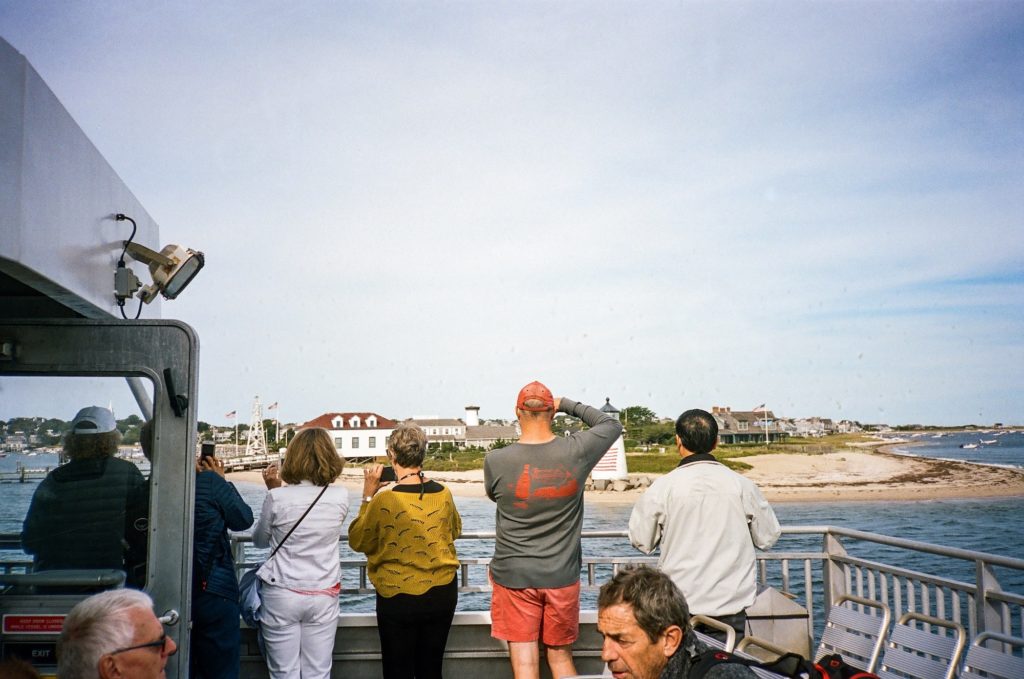
As for our most recent trip, we pieced together a mostly unpaved 50-mile meander roughly tracing the outskirts of the island, with a midway stop at the Cisco Brewery for a liquid lunch. Beer helps mitigate aggravation during hike-a-biking when sand becomes too deep on trails to spin through. Don’t worry: drivetrains were made to be tortured.

Pro tips. Ride wider tires, and, more importantly, be extra vigilant when checking for deer ticks. Nantucket is ground zero for Lyme’s disease, with at least 40% of households having suffered an infection. Ferries go back and forth from Hyannis multiple times a day, year-round, so getting there is easy. The fast ferry is about $50 round trip, with a bike. There are multiple year-round bike shops in town, though most are geared toward the rental crowd. Ride With GPS and Strava have multiple routes to choose from, but I suggest setting your phone map app to satellite and making a go of it on your own. Cisco Brewery is midway around the island and is a must-visit if you like to drink. Of note, many places, close for part of the off-season. Bartlett Farms, right down the road from Cisco, offers year-round co-op grocery style supplies including a deli counter, beer, and wine.

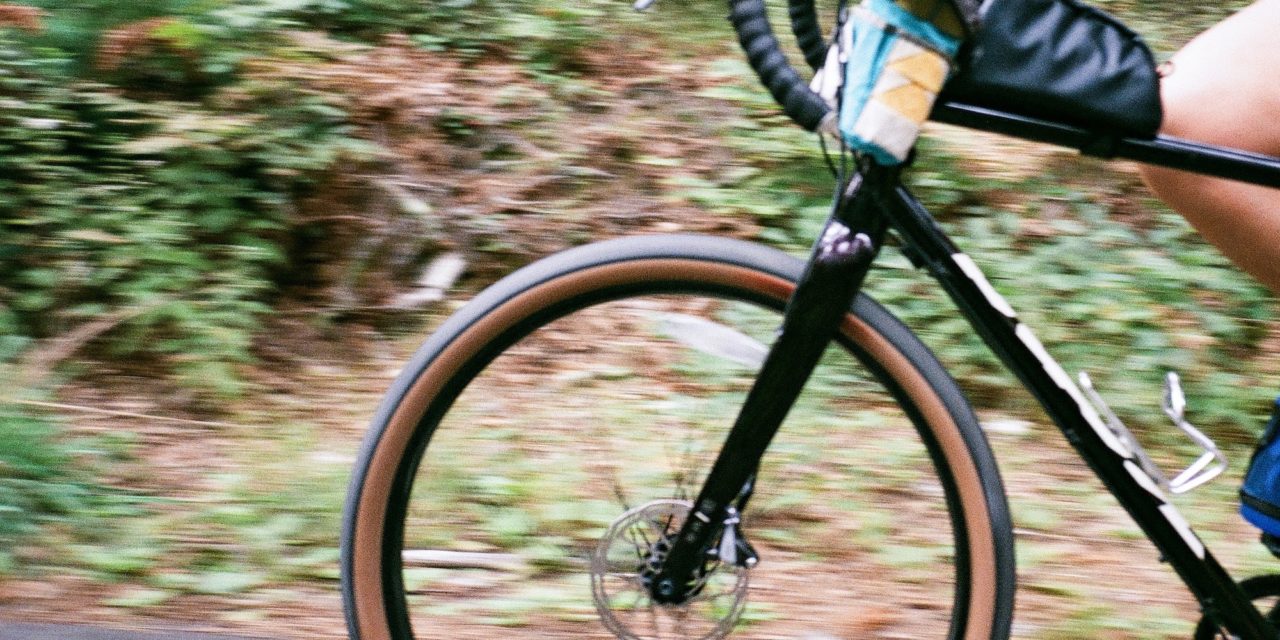
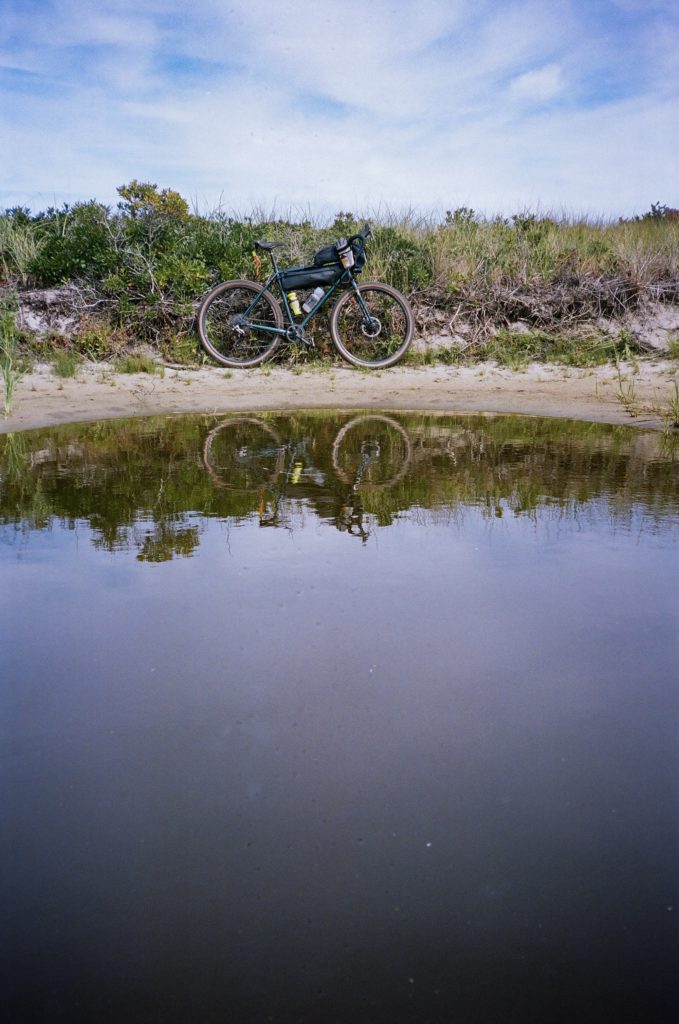
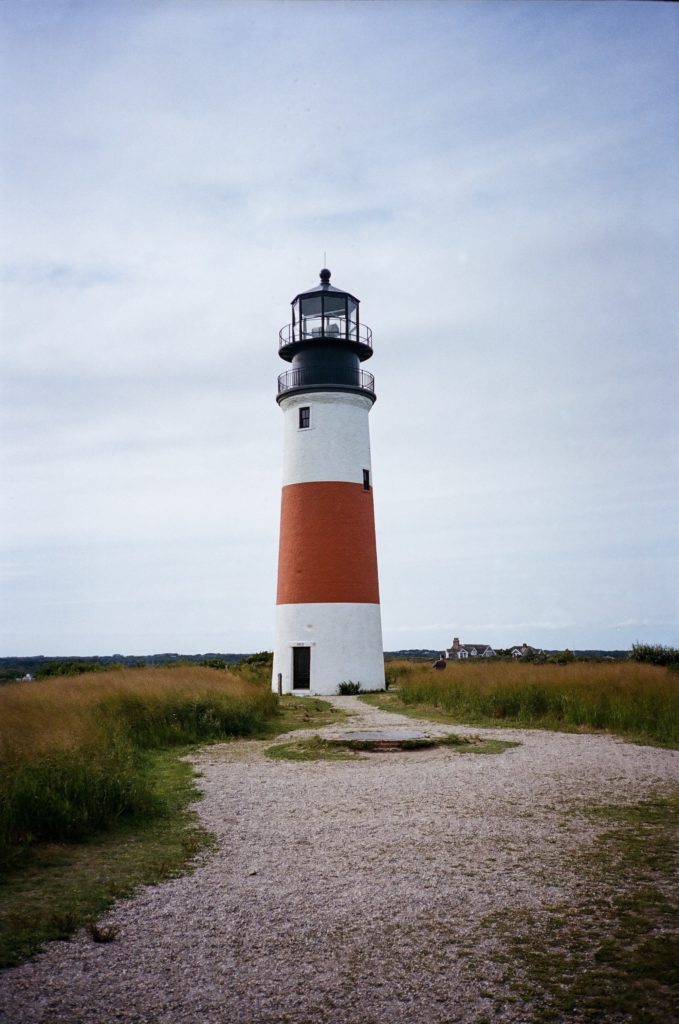


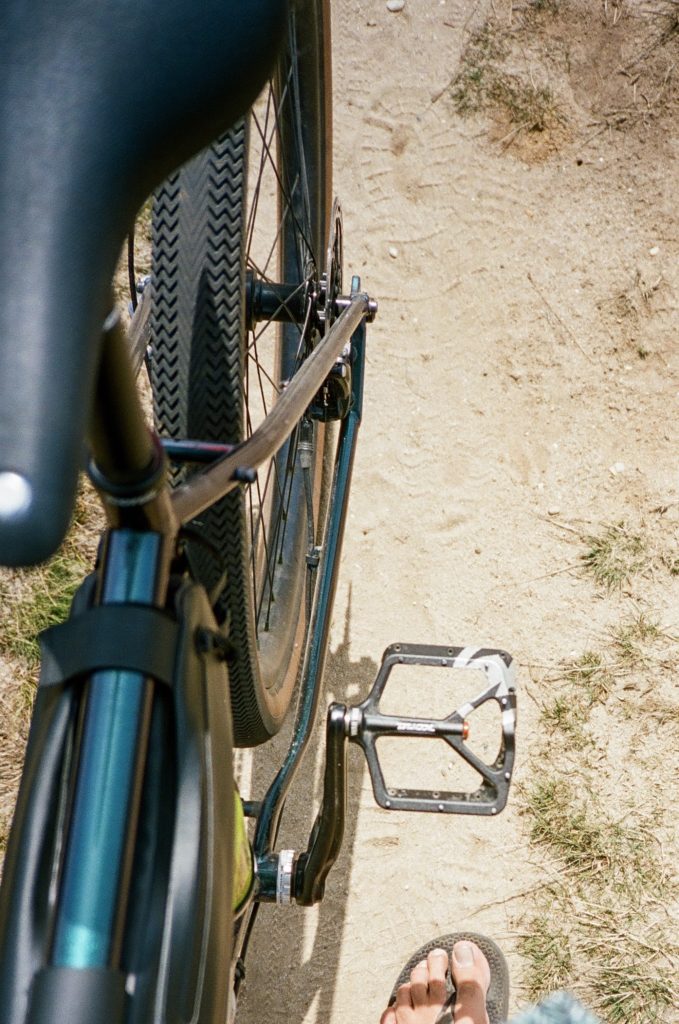

You must be logged in to post a comment.